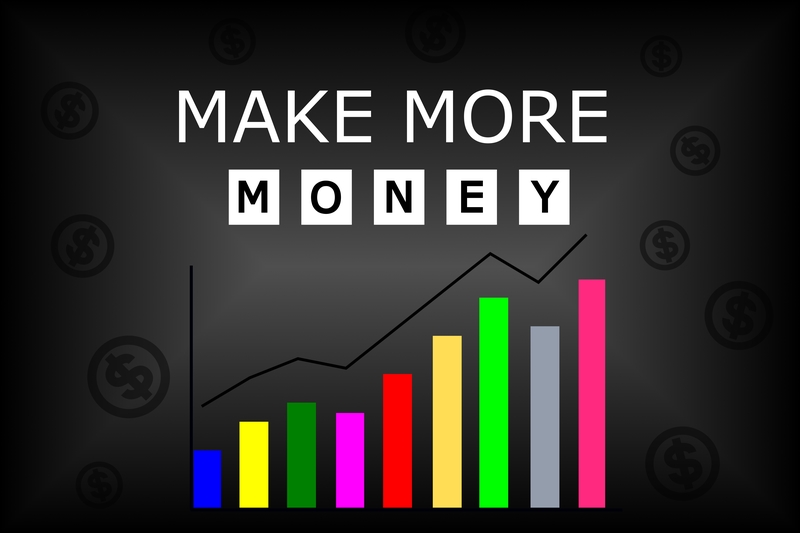So you’ve got traffic and an offer, but the offer isn’t converting the way it should. Now what should you do?

It could be that the traffic you’re bringing to your website isn’t the right traffic for your offer, or that the offer isn’t right for your particular traffic.
Or it could be the words you’re using to sell your offer aren’t the right ones for making sales. You can have the right offer and make it to the right market, but if you’re using the wrong words you still won’t do well.
Here are tips to help you convert more of your lookers into buyers…
1. Make a SPLASH. Don’t just offer a new widget – offer a widget with a big, unique promise. Some call this the unique selling point, and others call it the OOMPH factor. Regardless, what is the big benefit of your product and what end result does it offer that makes it stand apart from all others?
2. Use a Guarantee that Captivates. Offering their money back if not happy is so ~yawn~ blasé. That’s why in ADDITION to the traditional guarantee, you also want to offer a second guarantee tied to the results, such as “If you don’t look 10 years younger in just 14 days, you pay nothing!”
Use a snazzy guarantee title, too, such as “Get 100 New Subscribers in 72 Hours, Guaranteed!” rather than “100% Guarantee.”
3. Make an OUTRAGEOUS Guarantee. How about DOUBLE their money back if it does not work? Place some type of condition on it, such as need to show they used the system or took the first step. This can actually increase sales while simultaneously reducing refunds.
And the double or triple money back if they use it and it does not perform should be used in ADDITION to the standard guarantee to maximize sales.
4. Give Awesome Freebies. Use at least one bonus that POPS – something so cool the prospect would consider purchasing just to get that bonus. Make your other bonuses tie directly in with the main offer, so that they enhance and improve upon it in some way.
Let me put it another way – if your product gives “x” benefit, then the bonuses should help the customer get “2x” benefit. For example, your product is a book on list building. One of the bonuses could be copy and paste emails the customer can use to send to the list they’re building to warm them up to buying offers in the near future.
5. Use a Mystery Gift. This is in addition to your other bonuses, and here’s the key – don’t just say they get a mystery gift because that could be ANYTHING. It could be a photo of a dirty sock or a screenshot of your grocery list.
Instead, give them a hint of what it is. For example: “You’re also going to get this mystery gift that I CANNOT reveal here, but I can give you a clue – Until yesterday it was selling for $47, and it’s going to put your list building efforts on steroids.”
6. Dummy Proof Your Offer. Whatever it is that you’re promoting, how can you make it more user friendly? That is, what checklists can you give them to improve their results? What mindmaps or flowcharts will help them to understand the material better? Do they need templates so they can easily implement what you’re teaching them?
Think of ways to make it easier for them to succeed with your product and then provide those tools. If you can make your offer user friendly and “dummy proof,” you’re bound to get more sales.
7. Limit Your Offer. Scarcity is one of the great motivators, so if you have a way to incorporate it into your offer without it looking fake, go for it.
One way is to offer a bonus limited to the next “x” number of buyers, or to limit the entire offer. Just be sure they are real limits and not the fake ones we sometimes see.
8. Continuously Raise the Price. Few things create as much urgency as a dimesale. If your price is rising with each sale, it motivates the prospect to make a decision FAST. Use a reliable dimesale script.
9. Do It For Them. Maybe you shouldn’t just be selling information products – maybe you should also offer a “done for you” solution.
For example, if you’re teaching how to set up a WordPress blog as a membership site, you could also offer the option of doing it for them. This shows people looking for the information how much they will save by learning to do it themselves, and also takes care of those who would rather pay more and let you do it for them.


